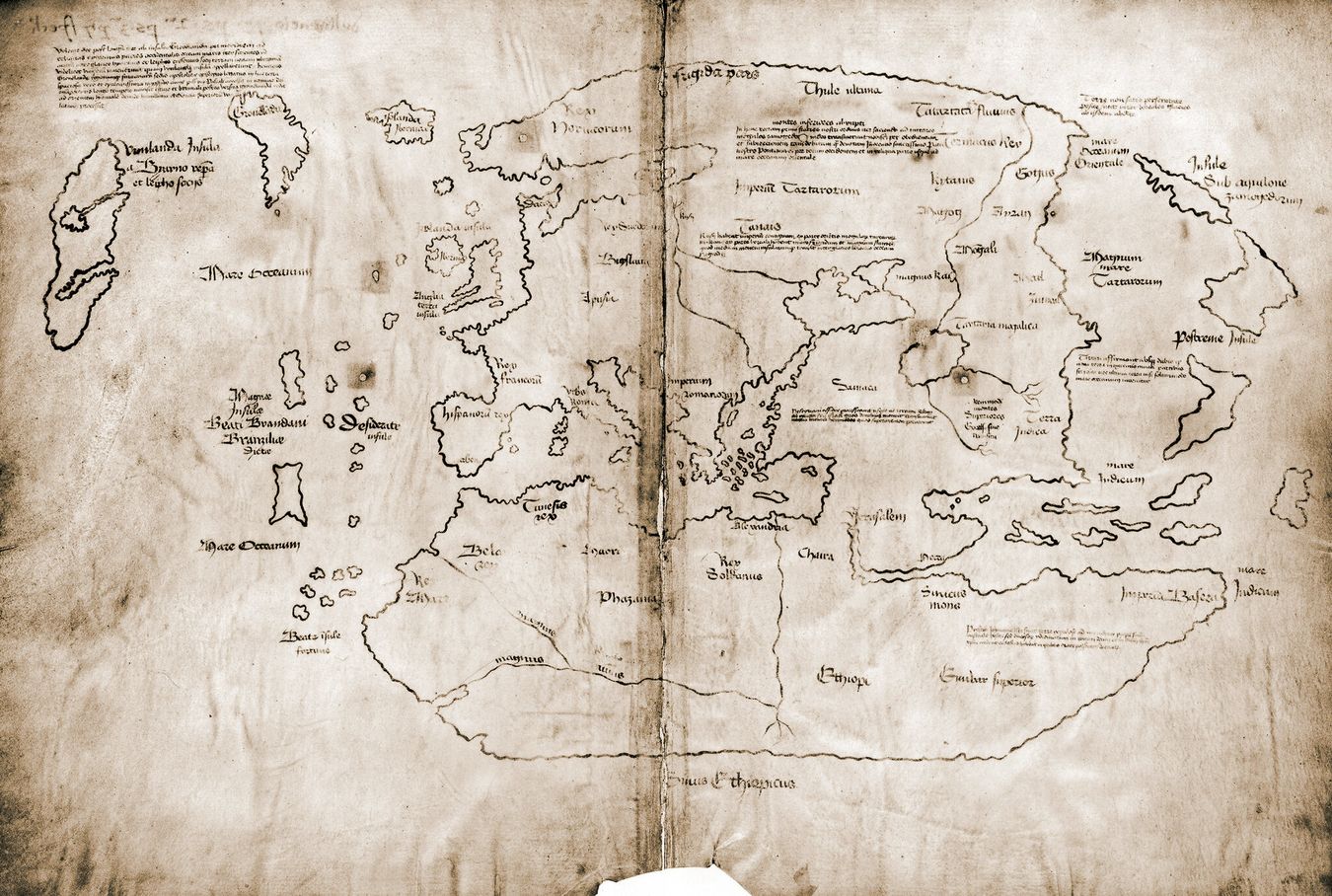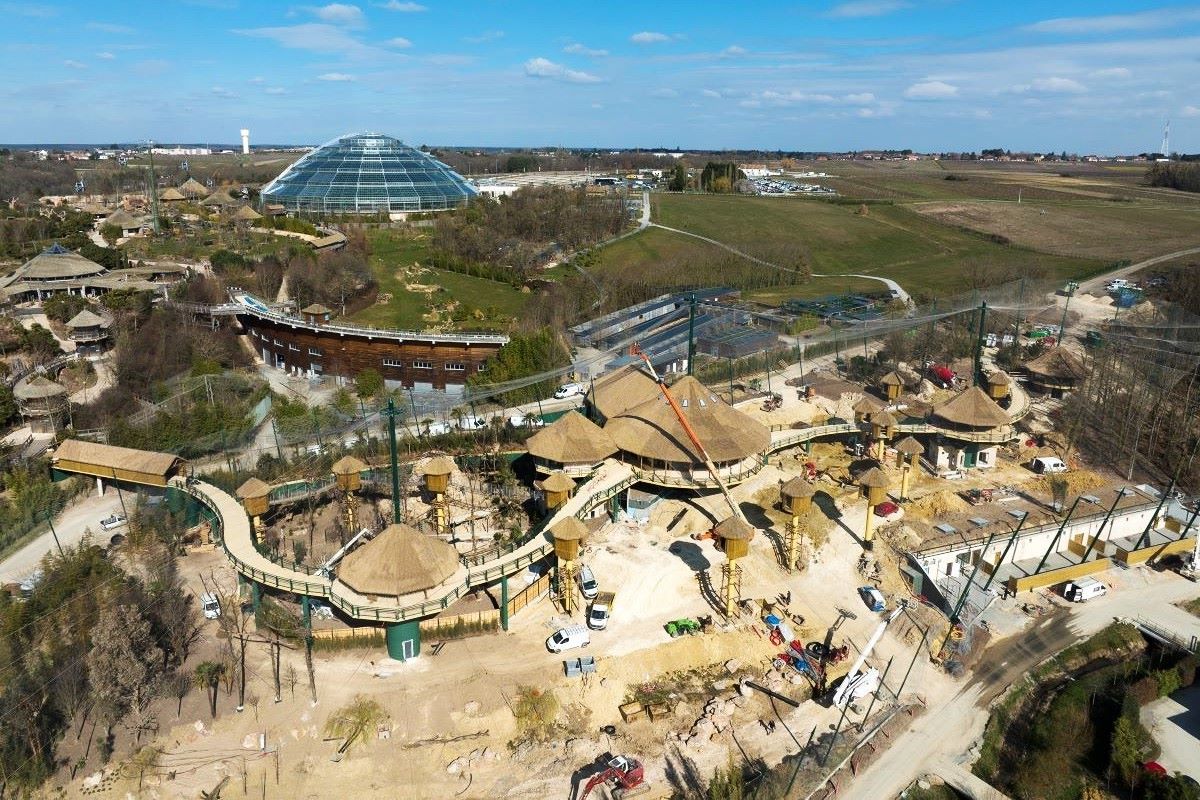
Is the Vinland Map real or fake? This question has puzzled historians, scientists, and enthusiasts for decades. The Vinland Map, allegedly depicting parts of North America before Columbus, has sparked heated debates since its discovery in the 1950s. Some argue it's a groundbreaking artifact proving Norse exploration, while others claim it's a clever forgery. Experts have used various methods like carbon dating, ink analysis, and historical context to determine its authenticity. Despite numerous studies, the map's true origin remains shrouded in mystery. Join us as we explore 25 intriguing facts about this controversial map, shedding light on its history, analysis, and the ongoing debate surrounding its legitimacy.
Key Takeaways:
- The Vinland Map, a controversial artifact from the 15th century, challenges the history of North American exploration before Columbus, sparking debates and captivating the public's imagination.
- Despite intense scrutiny and technological analysis, the authenticity of the Vinland Map remains a mystery, fueling ongoing fascination and discussions among scholars and enthusiasts.
The Vinland Map: A Mysterious Artifact
The Vinland Map has intrigued historians, cartographers, and conspiracy theorists alike. This map, allegedly from the 15th century, claims to show parts of North America long before Columbus's voyage. Let's dive into some fascinating facts about this controversial artifact.
- The Vinland Map first surfaced in 1957, when it was offered for sale to Yale University.
- It depicts a part of North America labeled "Vinland," which corresponds to the area explored by Norse Vikings.
- The map was supposedly created around 1440, predating Columbus's journey by over 50 years.
- Yale University purchased the map in 1965 for $1 million, a hefty sum at the time.
- The map's parchment has been carbon-dated to the early 15th century, adding to its mystery.
Controversy and Skepticism
Despite its allure, the Vinland Map has faced intense scrutiny and skepticism. Experts have debated its authenticity for decades, leading to a series of investigations and studies.
- Initial studies suggested the map's ink contained modern chemicals, casting doubt on its age.
- In 1974, a team of scientists found traces of titanium dioxide in the ink, a substance not used in medieval times.
- Some scholars argue that the map's depiction of Greenland is too accurate for the 15th century.
- The map's style and script have been compared to known forgeries, raising further questions.
- Yale University has conducted multiple studies to verify the map's authenticity, with mixed results.
Historical Context and Significance
Understanding the historical context of the Vinland Map is crucial to grasp its potential significance. If genuine, it could rewrite parts of history regarding early exploration.
- The map aligns with Norse sagas that describe Viking voyages to North America around the year 1000.
- It includes detailed coastlines and geographical features that were unknown to Europeans at the time.
- The map suggests that knowledge of the New World existed in Europe before Columbus's voyage.
- Some historians believe the map could be linked to the lost library of the Vatican.
- The map's discovery has reignited interest in Viking exploration and their impact on history.
Scientific Analysis and Technological Advances
Advancements in technology have allowed for more detailed analysis of the Vinland Map, providing new insights and raising new questions.
- In 2002, a study using Raman spectroscopy found that the ink contained anatase, a form of titanium dioxide.
- Recent studies have used X-ray fluorescence to analyze the map's ink composition.
- Some researchers have used digital imaging techniques to examine the map's parchment and ink.
- Advances in carbon dating have provided more accurate estimates of the map's age.
- Despite technological advances, the map's authenticity remains a topic of debate.
Cultural Impact and Public Perception
The Vinland Map has captured the public's imagination and has been featured in numerous books, documentaries, and exhibitions.
- The map has been displayed at the Yale University Library, attracting thousands of visitors.
- It has inspired novels and films that explore the idea of pre-Columbian exploration.
- The map has been the subject of heated debates at academic conferences and symposiums.
- Some see the map as a symbol of the enduring mystery and allure of ancient artifacts.
- Whether genuine or fake, the Vinland Map continues to fascinate and provoke discussion among scholars and enthusiasts alike.
The Vinland Map's Legacy
The Vinland Map remains one of history's most debated artifacts. Despite extensive research, its authenticity is still questioned. Some believe it proves Norse explorers reached North America before Columbus, while others see it as a clever forgery. The map's mysterious origins and the controversy surrounding it have sparked countless discussions among historians, cartographers, and enthusiasts.
Whether genuine or not, the Vinland Map has undeniably influenced our understanding of early exploration. It challenges us to reconsider established narratives and reminds us that history is often more complex than it seems. As new technologies and methods emerge, perhaps future research will finally settle the debate. Until then, the Vinland Map continues to captivate imaginations and fuel curiosity about our past.
Frequently Asked Questions
Was this page helpful?
Our commitment to delivering trustworthy and engaging content is at the heart of what we do. Each fact on our site is contributed by real users like you, bringing a wealth of diverse insights and information. To ensure the highest standards of accuracy and reliability, our dedicated editors meticulously review each submission. This process guarantees that the facts we share are not only fascinating but also credible. Trust in our commitment to quality and authenticity as you explore and learn with us.


